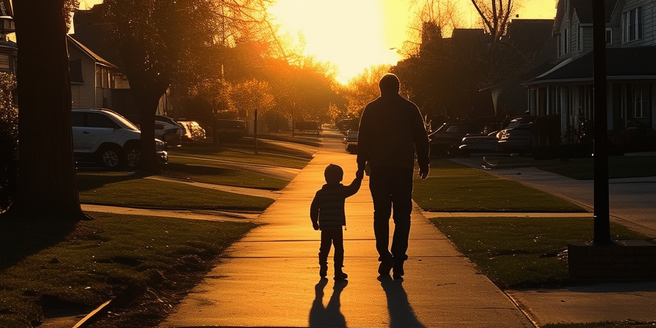
Understanding the Importance of Active Listening
Active listening is crucial in fostering strong relationships. It shows children that their thoughts and feelings are valued, which helps build their self-esteem and trust in others. By giving full attention, parents and caregivers can better understand the child’s perspective, ultimately leading to more effective communication and problem-solving. It is often said that in the chaos of daily life, truly listening to a child can make all the difference in their emotional development. Moreover, active listening helps in identifying and addressing underlying issues early on, before they manifest into bigger problems. In essence, understanding the importance of active listening can lead to a more supportive and nurturing environment for children to grow in.
Creating a Safe and Open Environment
Creating a safe and open environment is fundamental in encouraging children to express their thoughts and feelings. This involves establishing trust and demonstrating that their opinions matter. It is also important to provide them with opportunities to express themselves creatively. By avoiding judgment and criticism, children feel more comfortable sharing their experiences and emotions. Open-ended questions can facilitate deeper conversations while maintaining a calm and respectful tone reinforces the sense of safety. Encouraging children to speak freely without fear of reprisal can significantly boost their confidence and willingness to share. Ultimately, a safe and open environment sets the foundation for effective active listening, allowing children to be more open and honest in their communications.
Using Reflective Responses
Using reflective responses is a powerful technique in active listening. This involves paraphrasing what the child has said to show that you understand their message. Reflective responses validate the child’s feelings and encourage further dialogue. By acknowledging their emotions, you create a safe space for them to express themselves. Effective communication between the listener and the child can lead to a stronger, more trusting relationship. For instance, if a child says, ‘I am upset because my friend didn’t play with me,’ a reflective response would be, ‘It sounds like you’re feeling upset because your friend chose not to play with you.’ This method not only confirms that you’re listening but also helps the child gain more clarity and insight into their own emotions.
Non-Verbal Communication Techniques
Non-verbal communication techniques play a significant role in active listening. Eye contact, nodding, facial expressions, and gestures all convey attention and empathy. When actively engaged, these behaviors signal to others that their words are valued. This heightened sense of awareness fosters deeper connections during conversations. It’s important to remember that even subtle shifts in body language can impact the flow of conversation. Maintaining an open and relaxed body posture encourages children to speak freely without feeling rushed or dismissed. Additionally, being mindful of your own non-verbal cues ensures that the messages you’re sending align with your verbal responses. Practicing these techniques consistently can enhance the overall quality of interactions, making children feel heard and understood.
Building Empathy and Trust Through Listening
Building empathy and trust through listening is essential for meaningful connections with children. Empathy involves understanding and sharing the feelings of others, which can be nurtured through attentive listening. By showing genuine interest and concern for their experiences, children learn that their emotions are valid and respected. This not only helps them feel heard but also promotes emotional resilience. Consistent practice of these skills can significantly impact a child’s emotional development. Trust is built over time as children recognize that they can rely on you to listen without judgment. In doing so, they feel more secure and willing to open up, fostering a deeper emotional bond and creating a more supportive environment for growth.
